The Eastern Rosella (Platycercus eximius) is a strikingly beautiful bird found in eastern and southeastern Australia. With its brightly colored feathers and distinctive markings, this bird is a true marvel of nature. In this blog post, we will explore the unique features that make the Eastern Rosella one of the most beautiful birds in the world.
Appearance and Markings
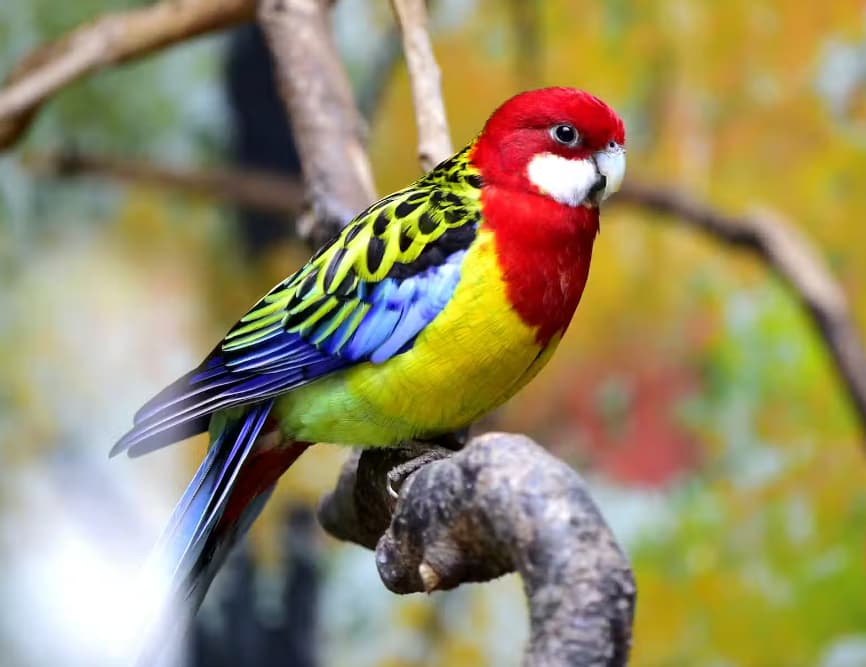

The Eastern Rosella is a medium-sized parrot, measuring approximately 30 cm in length, and weighing between 80-120 grams. The birds have a vibrant plumage that is a combination of red, blue, yellow, and green. The forehead and crown of the male are bright red, while the female has a yellow-green forehead and crown. The cheeks and throat of both sexes are white, and the wings and tail are blue. The feathers on the back and upper wings are bright green, while the lower wings and belly are yellow. The Eastern Rosella has a black beak and legs, and its eyes are surrounded by white eye-rings.
Behavior and Habitat
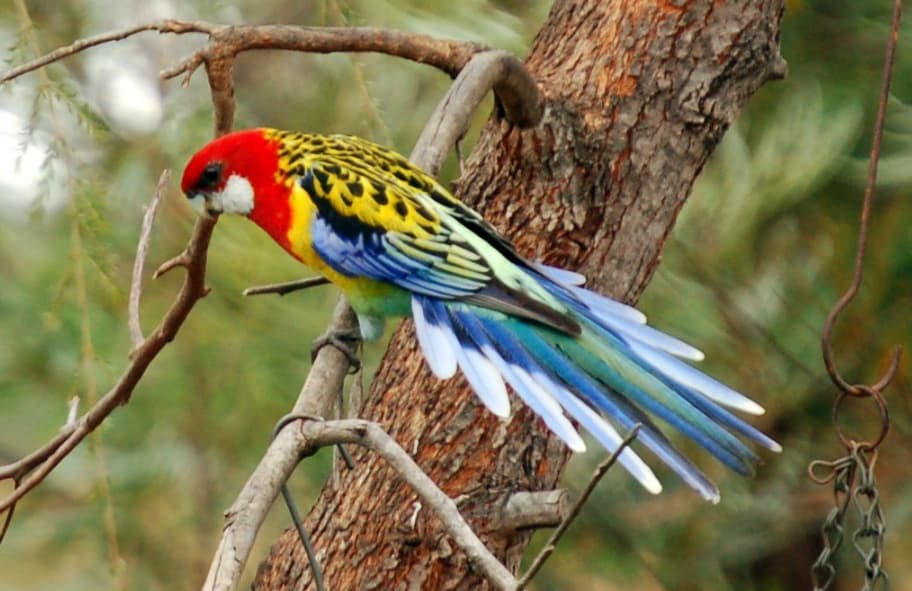

Eastern Rosellas are typically found in woodlands, forests, and other wooded areas. They are generally not migratory birds and tend to stay in the same area year-round. They are known for their distinctive calls and are often heard before they are seen. Eastern Rosellas are also known for their acrobatic abilities and can often be seen hanging upside down from branches while foraging for food.
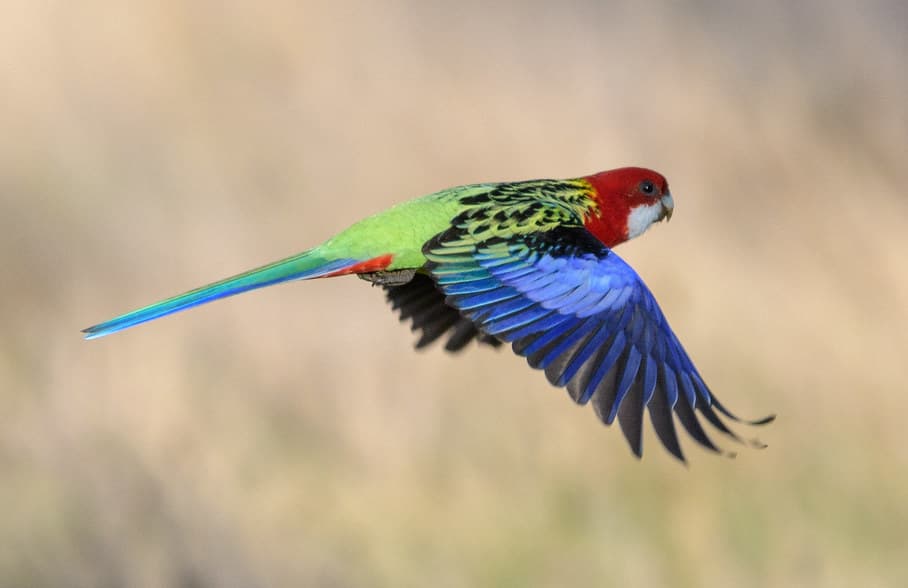

Diet
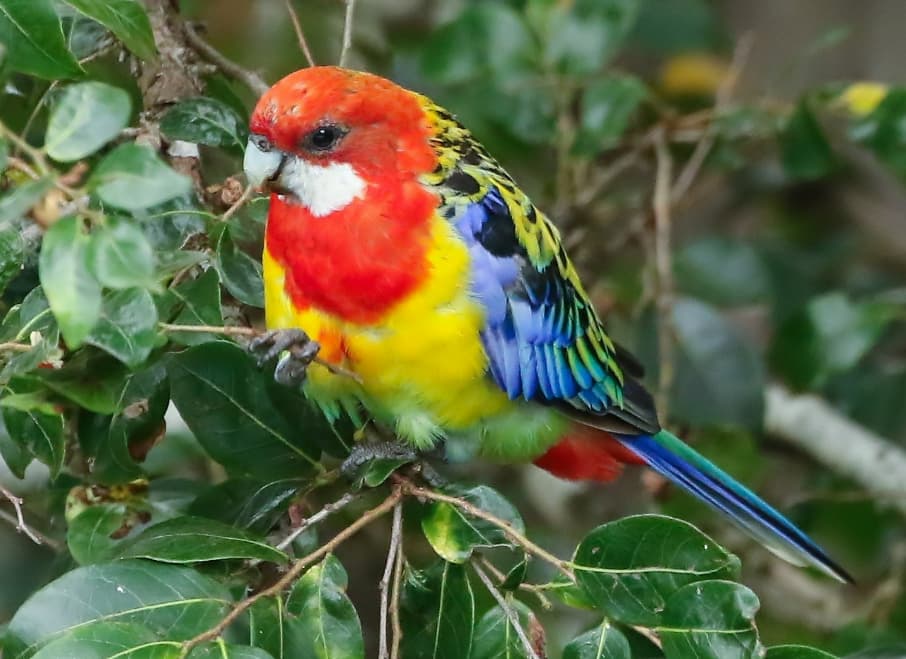

Eastern Rosellas are omnivorous and feed on a variety of foods. Their diet consists of seeds, fruits, flowers, and nectar. They are also known to eat insects and other small invertebrates.
Breeding
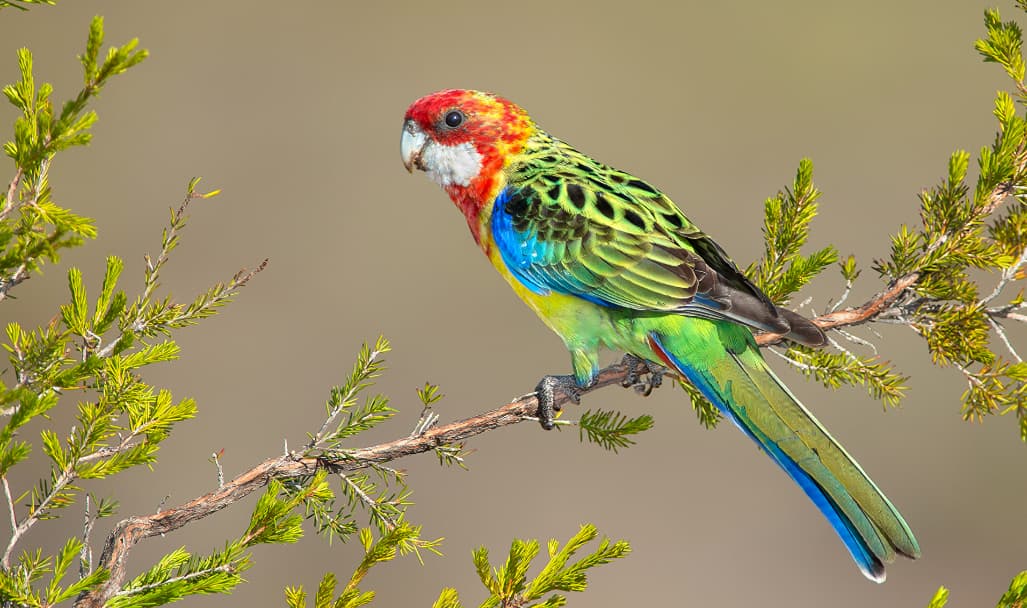

Breeding season for Eastern Rosellas typically occurs between August and January. They nest in tree hollows or crevices and lay between 4-8 eggs, which hatch after approximately 20 days. The young birds leave the nest after about 5-6 weeks.
Conservation Status
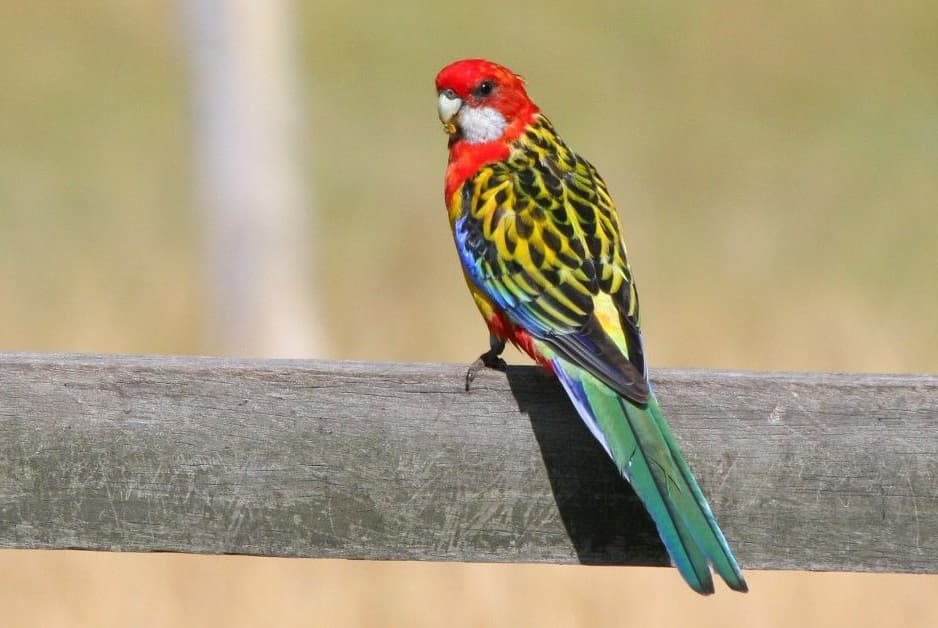

The Eastern Rosella is classified as a species of least concern by the International Union for Conservation of Nature (IUCN). However, habitat loss due to urbanization and land clearing has resulted in a decline in their numbers in some areas. In addition, the introduction of non-native species, such as the Indian Myna, has also had a negative impact on the Eastern Rosella population.
The Beauty of the Eastern Rosella
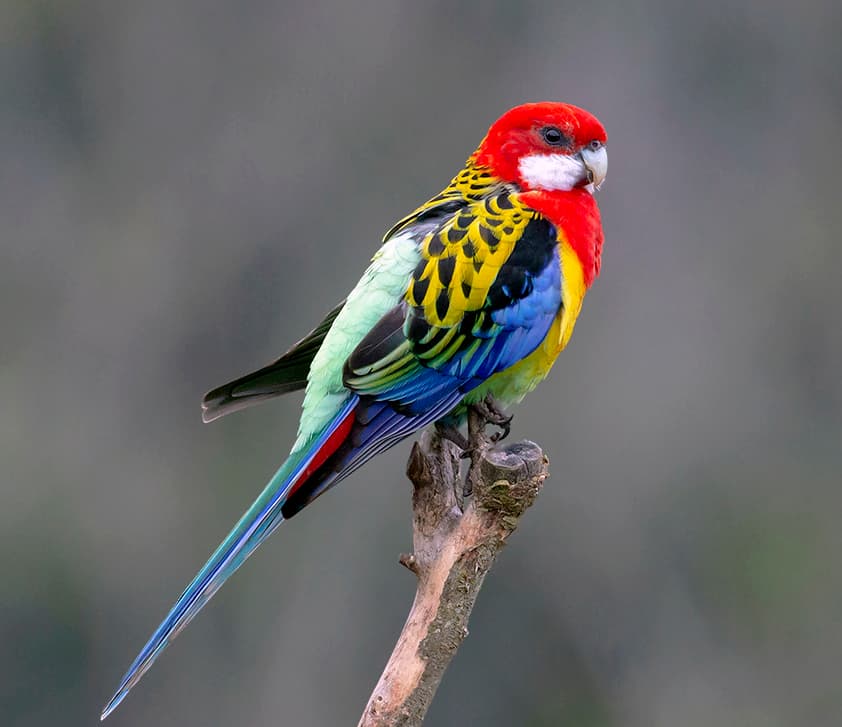

The Eastern Rosella’s strikingly beautiful plumage is its most distinctive feature. The combination of vibrant colors on its feathers makes it a sight to behold. The bright red of the male’s forehead and crown is particularly eye-catching, and the blue on the wings and tail is stunning. The yellow and green on the belly and back add a pop of color to the bird’s appearance, making it one of the most beautiful birds in the world.
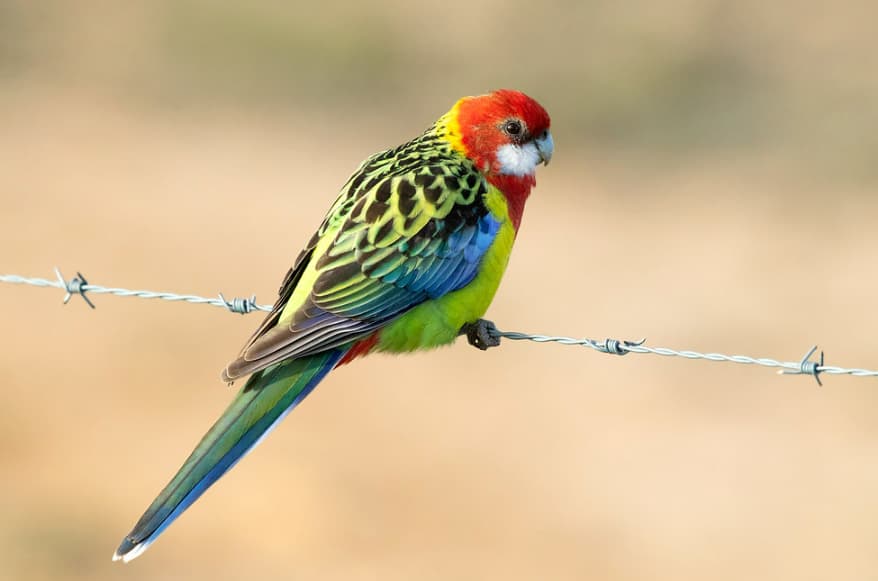

In addition to its colorful plumage, the Eastern Rosella has a distinctive call that adds to its beauty. Its call is a series of short, sharp notes that can be heard from a distance. The bird’s acrobatic abilities also make it a joy to watch. Seeing an Eastern Rosella hanging upside down from a branch while foraging for food is a sight that is sure to bring a smile to anyone’s face.


Conclusion
The Eastern Rosella is a stunningly beautiful bird that is a true marvel of nature. Its brightly colored plumage, distinctive markings, and unique behavior make it one of the most beautiful birds in the world. Unfortunately, habitat loss and other factors are threatening the Eastern Rosella’s population in some areas. It is our responsibility to protect these beautiful birds and ensure that they continue to thrive in their natural habitats for generations to come.




